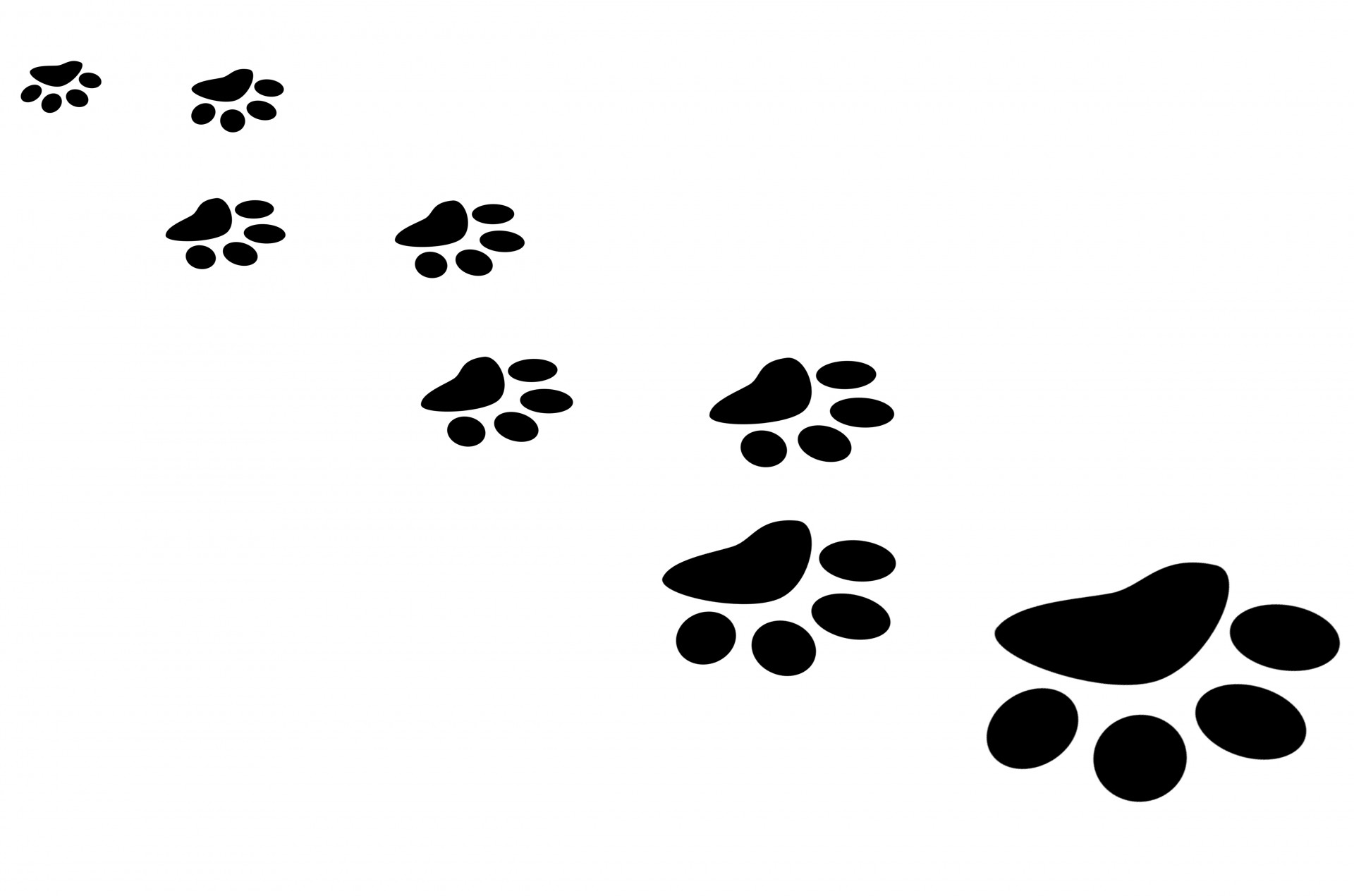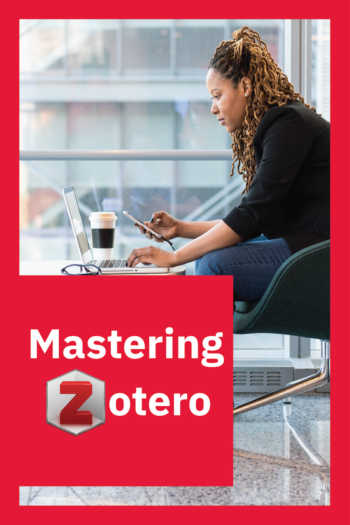
To give credit to authors and acknowledge their ideas (whether you quote them or not).
To avoid plagiarism.
To allow others to track ![]() the sources you consulted, so scholars can have conversations about your topic.
the sources you consulted, so scholars can have conversations about your topic.
"Paw Print Cat Free Photo" by George Hodan is licensed under CC0 Public Domain
 Watch the 2 minutes video Citation: A (Very) Brief Introduction, created by NCSU Libraries. This video is licensed under a Creative Commons 3.0 BY-NC-SA US license.
Watch the 2 minutes video Citation: A (Very) Brief Introduction, created by NCSU Libraries. This video is licensed under a Creative Commons 3.0 BY-NC-SA US license.
A citation or reference is the information given in a bibliography or a database about a particular title, which often includes:
There are many ways to format citations. The style you choose depends on your field and the requirements set by your Instructor.
Adapted from UWM Libraries
You can often find all the information you need for a journal article citation on the first page of that article.
**click on image to enlarge it**
Adapted from UWM Libraries
This style, recommended by the American Medical Association (AMA), is often used for scholarly writing about medicine or health-related topics.
Look up journals in PubMed/NCBI to find their abbreviations.
AMA manual of style : a guide for authors and editors
Call Number: R 119 A533 2020 on RESERVE
1. Lastname FM, Lastname FM. Title of article: subtitle of article. Abbreviated Journal Name (or full title if no NCBI NLM abbreviation). Year;vol(issue number):page-page. DOI (if given)
2. Kernozek TW, Knaus A, Rademaker T, Almonroeder TG. The effects of habitual foot strike patterns on Achilles tendon loading in female runners. Gait Posture. 2018;66:283-287. doi:10.1016/j.gaitpost.2018.09.016
Reference List
Listed in numerical order at the end of the manuscript.
References to material not yet accepted for publication or to personal communications are instead included parenthetically in the text.
In-Text Citation
Superscript number refers to the corresponding reference in the reference list.
This slide presentation was presented as part of EKU's Teaching and Learning Innovation (TLI) Series. It presents info on the most notable changes in the APA's new 7th edtion of its publication manual.
Template
Author, A. A., & Author, B. B. (Year of Publication). Title of article: no capital after colon. Title of Journal, Volume(Issue), Page Range. URL or DOI
Print Article
Ellery, K. (2008). Undergraduate plagiarism: a pedagogical perspective. Assessment & Evaluation in Higher Education, 33(5), 507-516.
Online Article
Herbst-Damm, K. L., & Kulik, J. A. (2005). Volunteer support, marital status, and the survival times of terminally ill patients. Health Psychology, 24, 225-229. doi: 10.1037/0278-6133.24.225
Many library databases have built-in citations tools that auto-create a citation. The major citation styles are available choices in the databases citation tools.
These citations tools should only be considered a starting point, as they may contain formatting errors - always review auto-created citations to ensure they are correct.
|
Organize and save citations/articles. |
Create in-text citations. |
|
Share citations/articles with colleagues. |
Generate Reference Lists in a wide range of styles. |
with thanks to MCPHS University
Examples of free citation management tools are: Mendeley and Zotero
 Mastering Zotero: Turn your citation management tool into a complete research assistant
Mastering Zotero: Turn your citation management tool into a complete research assistant
Can I use generative AI in my assignment?
Do I need to cite content generated by artificial intelligence?
What if I use AI to come up with ideas or an outline for my assignment?
Are there risks to using AI content as a source?
Note: AI-generated content may not be considered as an acceptable source for your course work. Be sure to evaluate the content carefully and check with your instructor if you are permitted to use it as a source. If you're using ChatGPT and other AI tools for coursework, include a description of how you used AI within your work. For example, you can describe in your introduction how you used ChatGPT to generate an outline for your presentation. When citing AI-generated text, remember to include both in-text and references list citations. For more information, see APA Style's How to cite ChatGPT.
Developer. (Version Year). Name of generative AI tool (Version number) [Type of AI Model]. URL of tool
Example: OpenAI. (2023). ChatGPT (Mar 23 version) [Large language model]. https://chat.openai.com
Remember to include the prompt you used whenever you quote or paraphrase text generated by an AI tool. Since your reader can't access the exact AI-generated text, you may also consider including a copy of the text as an appendix or as part of supplemental materials. If you are including a copy of the generated text, you may refer to it in the body of your text, or as part of the in-text citation such as in the example below.
Example:
Given the prompt "What are large language models?" the text generated by ChatGPT described them as "artificial intelligence systems that have been trained on vast amounts of text data, with the goal of understanding natural language and generating human-like responses to text-based inputs" (OpenAI, 2023).
When provided with a follow up prompt of "What are examples of large language models?" ChatGPT identified OpenAI's GPT-3, NVIDIA's Megatron, and Google's LaMDA as some of the examples of large language models (OpenAI, 2023; see Appendix A for the full transcript).
Note: AI-generated content may not be considered as an acceptable source for your course work. Be sure to evaluate the content carefully and check with your instructor if you are permitted to use it as a source. The following citation examples are Seneca Libraries' recommendations.
If you are inserting the AI-generated image in your coursework, start with a figure number followed by an image title. Beneath the image, include a note with details about the prompt and the source. Remember to include the full citation in your References List.
Developer's Name. (Version Year). Name of AI tool (Version number) [Type of AI model]. URL of tool
Example: OpenAI. (2023). DALL-E (Version 2) [Large language model]. https://labs.openai.com
Notes: This citation guide is based on the Publication Manual of the American Psychological Association (7th ed.). The contents are accurate to the best of our knowledge. Some examples illustrate Seneca Libraries' recommendations and are marked as modifications of the official APA guidelines.
 This work is licensed under a Creative Commons Attribution-NonCommercial-ShareAlike 4.0 International License. It is used/adapted with the permission of Seneca Libraries. For information please contact citation@senecacollege.ca. When copying this guide, please retain this box.
This work is licensed under a Creative Commons Attribution-NonCommercial-ShareAlike 4.0 International License. It is used/adapted with the permission of Seneca Libraries. For information please contact citation@senecacollege.ca. When copying this guide, please retain this box.
|
Plagiarism
|